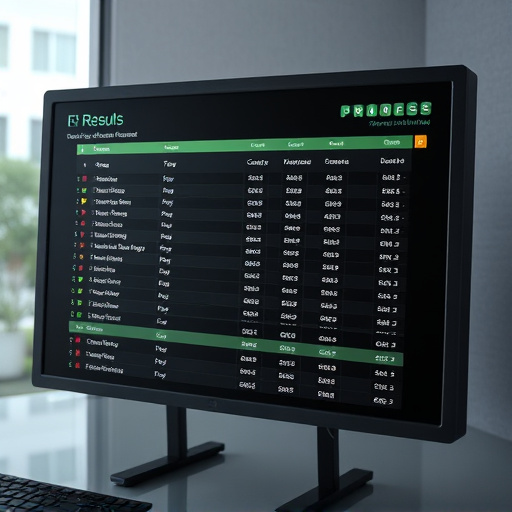Intake System Longevity Comparison Testing: For reliable results, a strategic approach with well-defined parameters is vital. Rigorous lab tests and field trials simulate various environmental conditions, measuring key performance metrics over extended periods. Key factors include material composition (e.g., metal vs. plastic), design aspects like geometry and coatings, affecting durability and operational lifespans. This comprehensive analysis enables critical comparisons of intake system longevity based on material degradation rates, maintenance needs, and operational lifespan.
In the quest for efficient and sustainable transportation solutions, understanding environmental resistance across different intake systems is paramount. This article presents a comprehensive intake system longevity comparison testing methodology, delving into key factors that influence performance over time. We explore how material composition, design, and intended use translate into wear and tear resistance, resilience to extreme conditions, and overall system durability. By analyzing these aspects, we provide valuable insights for stakeholders navigating the complex landscape of intake system selection and optimization.
- Methodology and Testing Parameters
- – Detail the process of comparing environmental resistance across different intake systems
- – Discuss variables to be considered (e.g., material composition, design, intended use)
Methodology and Testing Parameters

In conducting an environmental resistance comparison, a meticulous methodology and well-defined testing parameters are paramount to ensure accurate and meaningful results. The process involves rigorous laboratory tests that simulate real-world conditions, exposing various intake systems to simulated air quality levels, temperature ranges, and humidity conditions. Each system’s performance is evaluated based on key metrics such as flow rate, pressure drop, and filtration efficiency over an extended period.
The intake system longevity comparison testing incorporates a range of factors to mimic diverse operational scenarios. This includes assessing the systems’ resistance to particle buildup, chemical degradation, and physical wear over time. By subjecting the components to controlled stress tests and regular performance checks, researchers can determine each intake system’s durability and maintenance requirements. These comprehensive testing parameters provide a robust foundation for comparing environmental resistance across different intake system designs.
– Detail the process of comparing environmental resistance across different intake systems

Comparing environmental resistance across different intake systems involves a meticulous process that begins with defining the specific parameters to be assessed. Researchers first establish the key performance indicators (KPIs) relevant to environmental impact, such as material durability, waste generation, and energy consumption during manufacturing and use. With these KPIs in place, a comprehensive testing framework is designed, incorporating both laboratory simulations and field trials to mimic real-world conditions.
During testing, intake systems are subjected to various stresses, including exposure to extreme weather, wear from frequent use, and chemical interactions with their surroundings. Data collected from these tests feeds into detailed analysis, where the performance of each system is meticulously compared across all relevant KPIs. This includes examining material degradation rates, maintenance intervals, and overall operational lifespan—a critical aspect in understanding intake system longevity comparison testing.
– Discuss variables to be considered (e.g., material composition, design, intended use)

When comparing environmental resistance across different materials and designs, several key variables come into play. Material composition forms the foundation, as diverse substances exhibit unique properties affecting their interaction with the external environment. For instance, certain metals might offer superior corrosion resistance compared to plastics, impacting longevity in specific conditions.
Furthermore, design plays a pivotal role in determining structural integrity and durability. The layout of an intake system, for example, can influence its overall performance during testing simulations involving various ecological factors. Intake systems designed with intricate geometry or specialized coatings may exhibit enhanced resilience against corrosion, wear, and tear, ultimately extending their operational lifespan. Understanding these variables is essential for conducting meaningful intake system longevity comparisons.
In conclusion, this study conducted an intake system longevity comparison testing through meticulous methodology, examining various environmental resistance factors. By evaluating material composition, design intricacies, and intended applications, we’ve gained valuable insights into the performance of different intake systems. These findings underscore the importance of thoughtful design choices in enhancing durability and overall environmental resistance. This knowledge is crucial for manufacturers aiming to develop robust and sustainable intake systems, ultimately contributing to a greener and more efficient future.














